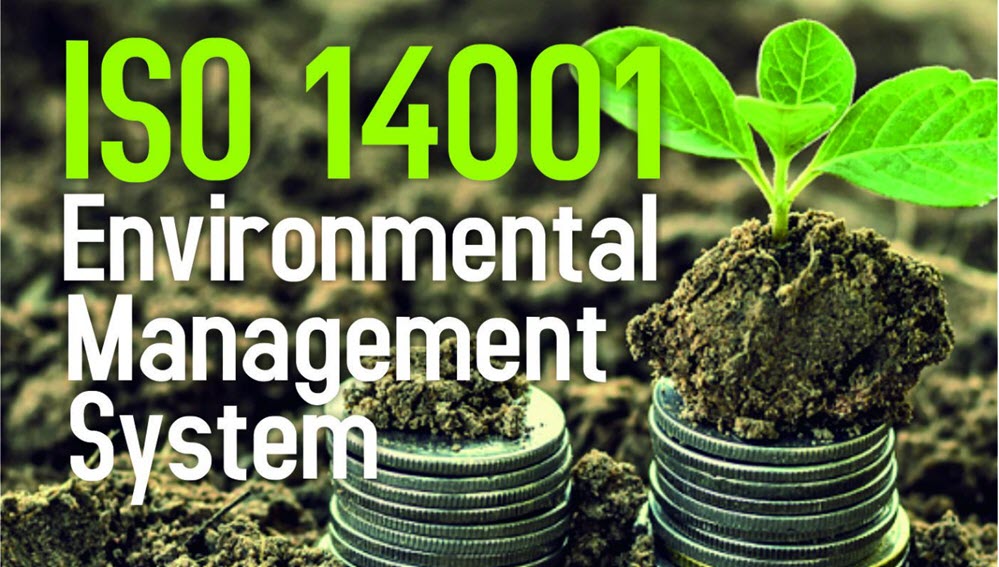EQMS Blog

How To Conduct An Efficient ISO 14001 Internal Audit
As the society is becoming more environment conscious, it is becoming necessary for the industries to preserve the environment. Customers are more concerned about the influence companies have on the surrounding environment. It is important for an organisations to review their attainments and identify potential risks to their surrounding environment and take possible steps to mitigate and prevent them. Implementing an ISO 14001 Environment Management System (EMS) within an organisation is an effective method to avoid such unwanted incidents. The support of an organisation’s senior management is important for successful implementation as well as maintenance of the EMS. The development and implementation require adequate amount of time and resources which many organisations cannot afford so they can hire a second party having professional ISO 14001 Consultants to assess the organisation’s current system and successfully support with implementing an efficient ISO 14001 compliant EMS.
In case you are planning to hire an accredited third party for the ISO 14001 audit, it is important to introduce EMS within the organisation and also analyze its effectiveness by conducting an internal audit beforehand.
Steps for an ISO 14001 Internal Audit
Following are the basic and most important steps that needs to be followed for successfully conducting an ISO 14001 internal audit.
Step 01 – Identify Areas That Should Be Covered in the Audit
Before scheduling the audit, it is important to identify the areas that should be included in an audit. It can be achieved by understanding the context and scope of the audit process. ISO 14001 internal audits are carried out based on risks identified to certain areas within the business. Areas showing higher risk are more likely to get priority and increased focus within the audit process.
Step 02 – Form an ISO 14001 Internal Audit Schedule
Once the areas are identified the next step is to schedule your internal audit program. It is important to make an overall audit schedule of all the areas that are going to be audited for their conformance with ISO 14001. The frequency of audit for any process or department depends upon environmental significance of that area and its conformance in the past audit. For example, a specific process that has crucial environmental prospects linked to it are more likely to be audit more often than the ones having lesser impact on the surrounding environment. One more important thing is the provision of these audit schedules to all the employees within the organisation to avoid surprise audits.
Step 03 – Conducting the Audit
While conducting an ISO 14001 internal audit, it is necessary to keep in mind that Internal audit is not being performed to deem the legal compliance of any process. This is not the objective of an internal audit program. Internal audits review and analyze the process outlined by the organisation against the environmental plan. It is observed whether the environmental impacts being monitored and if the environmental process controls in place or not. It is also analyzed if non-compliance and corrective measures against the operations are properly addressed. In simple words, process evaluation is performed to check their compliance with the set conditions.
Step 04 – Reporting of Audit Results
There is no use of any audit if it is not properly reported. Whether the employees involved in the process are working well or if problems are detected, in both cases it is important to make the relevant stakeholders aware. For instance, if problems are detected, the employees can address and correct them more efficiently if they know about every detail. It is also important to report the results in easy to read form so it is easy to understand. In case of issues, the audit report should have a plan for corrective actions. The final report is reviewed by the senior management of organisation.
Step 05 – Follow-up
In case of identification of problems and issue in the ISO 14001 internal audit process, it is important to follow up on the corrective and preventive actions, to determine if they are effective in solving an issue. There is absolutely no value of the internal audit process if the problems identified are not corrected. Follow ups are important and necessary because they make the internal audit process way better and much more fruitful.
If you are looking to implement an Environmental Management System or support with your internal audit program, feel free to contact us for a free consultation.

Request a free consultation
Contact us to discuss your needs and see how we can support to reach your goal.

Recent posts

In today's digital age, businesses are constantly exposed to various cyber threats. As a result, companies must adopt a proactive approach to cybersecurity to prevent data breaches, theft, and other...

Quality management systems are essential in ensuring that organisations can deliver quality products and services consistently. The International Organisation for Standardization (ISO) developed the ISO 9001 standard to help organisations...

ISO 14001 is a globally recognised standard for environmental management systems (EMS) that helps organisations manage their environmental impact and improve their sustainability performance. Obtaining this certification demonstrates a company's...
Just a Few of Our Clients
Request a Free Consultation
Contact us to discuss your needs and see how we can support to reach your goal.












